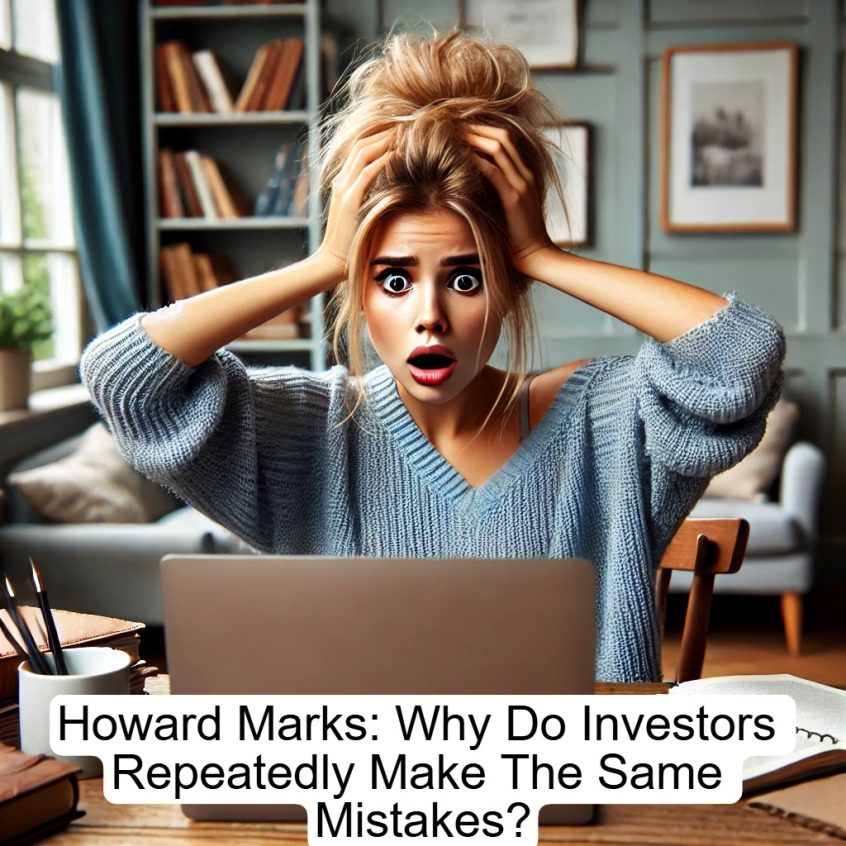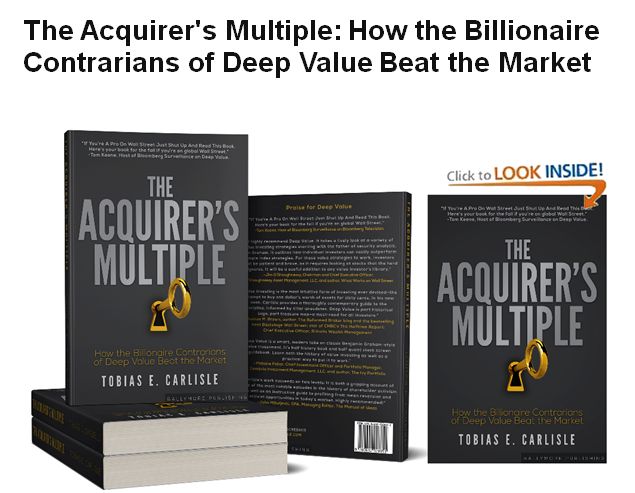Howard Marks has long warned of the dangers of short memories in finance. In his memo Hindsight First, Please (or, What Were They Thinking?), he underscores how easily investors repeat mistakes by ignoring history.
As Marks puts it, quoting John Kenneth Galbraith, “the extreme brevity of the financial memory” is one of the market’s most persistent flaws.
Investors lose money again and again, Marks observes, because they forget that cycles are inevitable and that there is no such thing as a free lunch. He reinforces this idea with Churchill’s reminder that foresight depends on an awareness of the past—a lesson too often overlooked in the heat of a bull market.
Marks identifies another critical weakness in investor psychology: a lack of skepticism. He contrasts the suspension of disbelief that makes entertainment enjoyable with the rigorous scrutiny that investing demands.
“When we watch Peter Pan,” he writes, “we don’t want to hear the person sitting next to us say, ‘I can see the wires.’” But in investing, where the stakes are real, blind faith is disastrous.
Marks notes how financial collapses are frequently followed by two rueful questions: “It was too good to be true” and “What were they thinking?” These phrases, he argues, reveal a pattern—investors repeatedly fall for the same illusions, only recognizing their mistakes in hindsight.
At the heart of these failures, Marks explains, is the toxic interplay of greed and optimism. Investors chase high returns with low perceived risk, overpay for trendy assets, and hold on too long, hoping for even greater gains.
“Afterwards,” he writes, “hindsight shows everyone what went wrong: that expectations were unrealistic and risks were ignored.” The tragedy, in Marks’ view, is that these errors are preventable. History proves that “free lunches never last forever,” yet each generation of investors convinces itself that this time is different.
So what separates the wise investor from the doomed speculator? Marks emphasizes the need for discipline and historical perspective. Investors must resist fixating on recent performance and instead assess markets through the lens of long-term cycles.
True insight, he argues, comes from anticipating risks before they materialize. “The alpha that’s so much in demand today,” Marks writes, “is really the ability to see ahead to things others will see only afterwards, in the rearview mirror.” This forward-looking skepticism is what defines successful investing.
Marks’ memo is ultimately a call for humility. Markets will always cycle between exuberance and despair, but those who study the past and remain vigilant can avoid the worst pitfalls.
The next time a can’t-miss opportunity arises, Marks’ words serve as a warning: ask not just “How high can it go?” but “What are we missing?” Because in investing the most expensive lessons are the ones we should have learned the first time.
You can find the entire memo here:
Howard Marks Memo – Hindsight First, Please (or, What Were They Thinking?)
For all the latest news and podcasts, join our free newsletter here.
Don’t forget to check out our FREE Large Cap 1000 – Stock Screener, here at The Acquirer’s Multiple:



